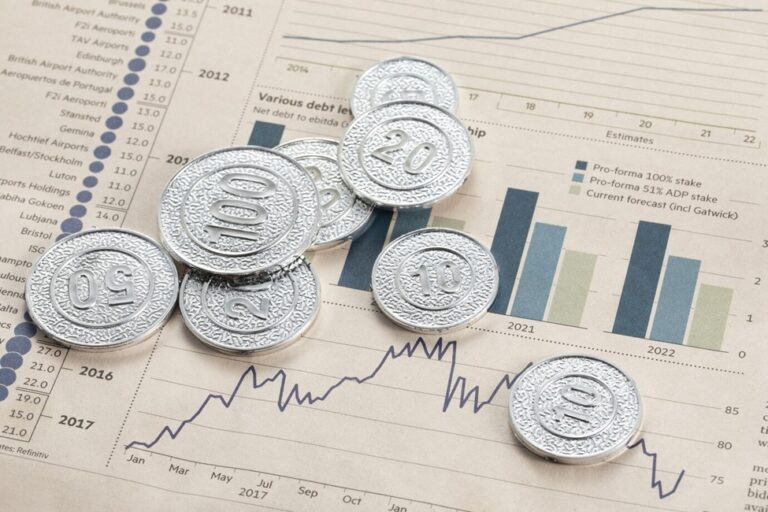Sustainability Meets Style: The Rise of Innovative Fabrics in Fashion
Key Takeaways:
- Learn about the innovative fabrics that prioritize both comfort and sustainability.
- Discover how these materials can be integrated into your daily wardrobe.
- Understand the environmental benefits of using eco-friendly textile technologies.
Table of Contents:
- Introduction to Innovative Fabrics
- Comfort Meets Sustainability
- Benefits of Modern Textiles
- Everyday Applications
- Environmental Impact
- Choosing the Right Fabric for You
- The Future of Eco-friendly Fashion
- Practical Tips for a Sustainable Wardrobe
Introduction to Innovative Fabrics
In recent years, the fashion industry has made significant strides towards sustainability, introducing innovative fabrics that promise both eco-friendliness and superior comfort. Among these are eco-friendly fabrics designed to cater to the conscious consumer, aiming to reduce environmental impact while maintaining high performance. These materials are revolutionizing the way we think about clothing, combining the best of technology and environmental stewardship. The integration of these fabrics often involves advanced manufacturing processes that prioritize recycling and waste reduction, thus contributing to a more sustainable fashion ecosystem.
Comfort Meets Sustainability
The days of eco-friendly apparel at the expense of comfort are long gone. Modern sustainable fabrics like those highlighted by Forbes integrate advanced technology to ensure that wearing green is as comfortable as it is responsible. Materials include viscose from bamboo, organic cotton, and recycled polyester, which feel great against the skin while being kind to the planet. These fabrics are engineered to offer various functional benefits, such as enhanced breathability, flexibility, and insulation. With these innovations, consumers no longer have to choose between comfort and sustainability but can enjoy the benefits of both.
Benefits of Modern Textiles
- Breathability: Many sustainable fabrics offer enhanced breathability, which is perfect for activewear and daily use. This characteristic makes sure that air can flow easily through the fabric, which keeps the user comfortable and helps to control body temperature.
- Moisture-wicking: Advanced materials have moisture-wicking properties that keep you dry and comfortable. These fabrics effectively pull moisture away from the skin to the fabric’s surface, where it can evaporate quickly, making them ideal for sports and high-intensity activities.
- Durability: Eco-friendly textiles are engineered to be long-lasting, reducing the need for frequent replacements. This durability is paramount, considering the environmental cost of producing new garments. A durable piece of clothing equates to less waste and a reduced overall carbon footprint.
Everyday Applications
Sustainable fabrics are now available in a variety of clothing items, from everyday basics to high-performance sportswear. Brands are increasingly adopting these materials for t-shirts, jeans, activewear, and even formal attire, making it easier than ever to incorporate eco-friendly fashion into your daily life. These fabrics provide practical yet stylish options suitable for all occasions, ensuring that sustainability does not mean sacrificing fashion or functionality. With advancements in textile technology, even luxury brands are incorporating sustainable fabrics into their collections, providing high-end options for those who wish to make a sustainable fashion statement.
Environmental Impact
One of the most compelling reasons to choose sustainable fabrics is their reduced environmental footprint. Eco-friendly textile production methods significantly cut down on water usage, carbon emissions, and chemical pollutants. This shift is crucial in combatting the fashion industry’s impact on climate change. Conventional textile production often involves harmful chemicals and high water consumption, leading to significant environmental degradation. In contrast, sustainable textile practices strive to use natural resources responsibly and minimize harmful outputs, making the earth healthier and cleaner for coming generations.
Choosing the Right Fabric for You
- Consider Your Needs: Are you looking for performance wear, casual outfits, or something formal? Different fabrics serve different purposes. For example, moisture-wicking fabrics are ideal for workout clothes, while soft and breathable materials like organic cotton are perfect for everyday wear.
- Research Brands: Look for brands that are transparent about their materials and production processes. Reputable brands will often share detailed information about the sourcing of their fabrics and the sustainability practices they follow.
- Read Reviews: User reviews can provide insights into the fabric’s feel and longevity. Pay attention to feedback on comfort, durability, and fit to make an informed decision when choosing eco-friendly fabrics.
The Future of Eco-friendly Fashion
The future of fashion lies in sustainability. The market for eco-friendly textiles is expanding along with consumer awareness. Innovations in textile technology continue to evolve, promising even more sustainable options that do not compromise comfort or style. The industry is seeing the emergence of new materials, such as algae-based fabrics and bio-fabricated textiles, which hold great promise for sustainability. These innovations not only enhance the environmental benefits of our clothing choices but also pave the way for new design possibilities and aesthetic appeal.
Practical Tips for a Sustainable Wardrobe
- Shop Mindfully: Choose quality over quantity to build a timeless wardrobe. Investing in well-made, durable pieces reduces the need for constant replacements, ultimately leading to less waste.
- Care for Your Clothes: Follow care labels to extend the lifespan of your garments. Proper washing, drying, and storage can significantly increase the longevity of your clothing.
- Donate or Recycle: Repurpose old clothing instead of discarding it. Many organizations accept donations, and some brands offer recycling programs that turn old garments into new products.
Keep an eye for more news & updates on Glamouruer.com






